
Why Sofia Should Be on Your Radar
Sofia, Bulgaria, is like that effortlessly cool friend who doesn’t try too hard but always has the best recommendations. This city is old—like ancient Rome old—but also super fresh, with a vibrant street art scene, underground bars, and a ridiculously affordable cost of living.
And while some folks head straight for Bulgaria’s beaches or ski resorts, Sofia is where history, culture, and a next-level café scene collide—without the crowds. Plus, it’s one of the few cities where you can literally walk on Roman ruins while sipping an espresso.
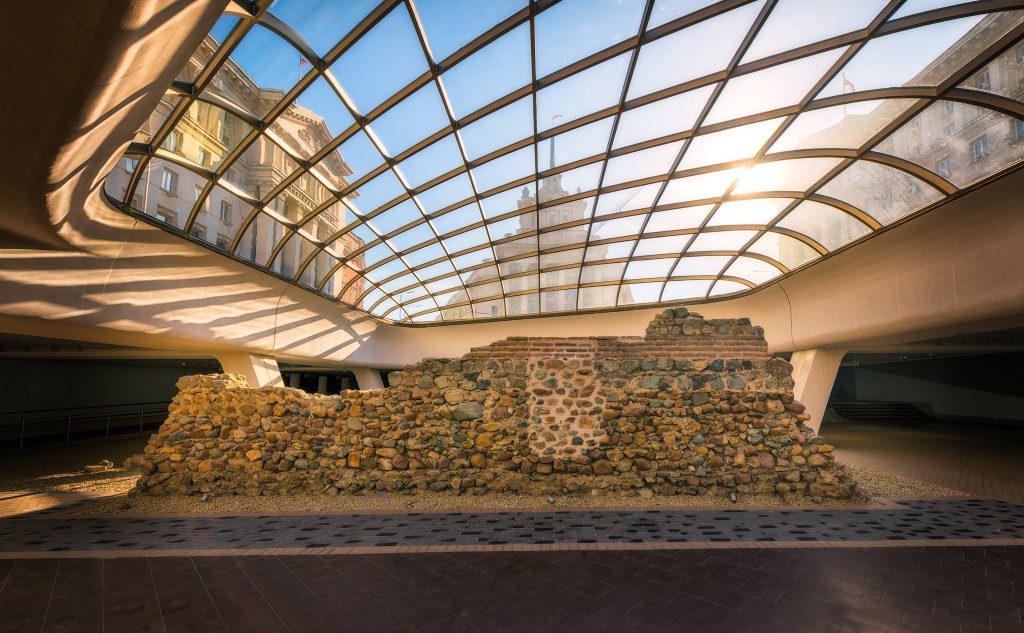
Must-Have Experiences in Sofia
1. Walk Through Centuries at Serdica
Sofia sits on top of ancient Roman ruins, and at Serdica Archaeological Complex, you can see parts of an entire Roman city right in the middle of downtown. It’s like time travel—except you don’t need a flux capacitor, just good walking shoes.

2. Vitosha Mountain: A Hiker’s Dream
Sofia is one of the few capitals with a mountain in its backyard. Just a short taxi ride from the city center, Vitosha Mountain offers incredible hiking in summer and skiing in winter. Bonus: The air is way fresher than downtown!
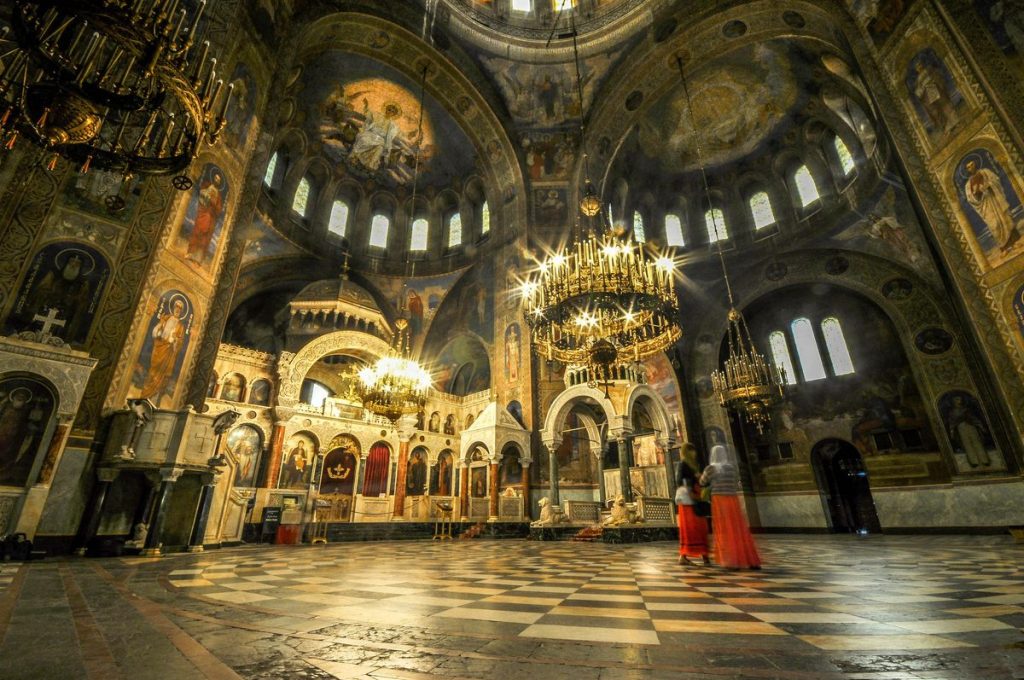
3. Get Spirited Away at the Alexander Nevsky Cathedral
This gold-domed beauty is one of Sofia’s most famous landmarks. Even if you’ve seen a thousand cathedrals in Europe, this one still hits differently. It’s massive, elegant, and dripping in history.
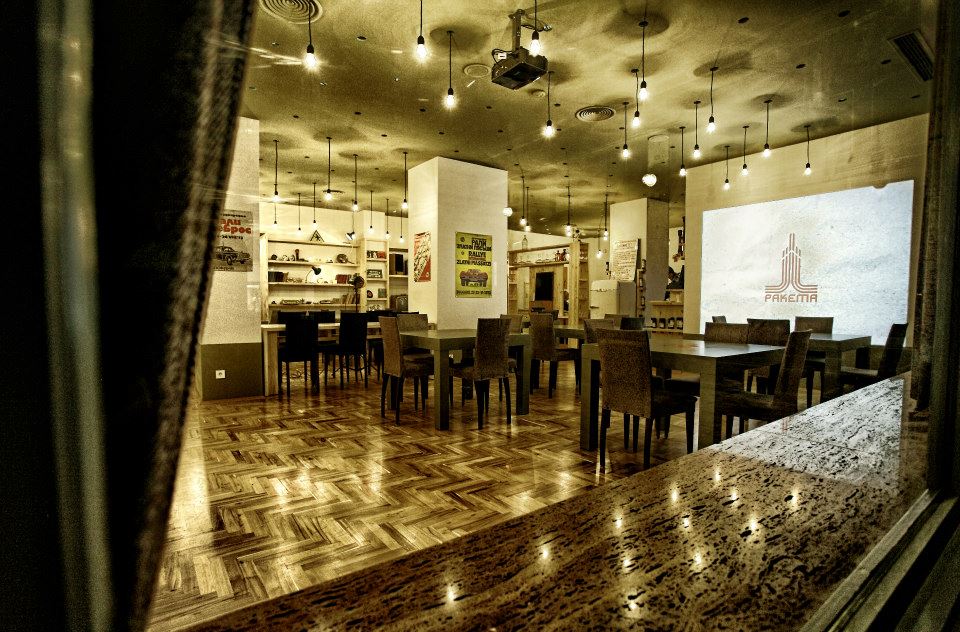
4. Go Underground (Literally) at Raketa Rakia Bar
If you’re new to rakia (Bulgaria’s answer to grappa, but stronger and sneakier), this is where to start. Raketa Rakia Bar is a Soviet-themed spot with over 100 types of rakia—so, yes, you’ll need a solid food base before diving in.

5. Sofia’s Street Art Scene Will Surprise You
Sofia is covered in next-level street art. Take a guided street art tour, or just wander the city to spot murals, politically charged graffiti, and some of the most Instagrammable corners in Eastern Europe.
Hidden Gems: Where the Locals Go
1. The Secret Rooftop Bar at Raketa Rakia Bar
Yes, we’re mentioning this place twice, because if you ask nicely (or know a local), you might get access to its hidden rooftop—one of Sofia’s best-kept secrets.

2. The Red Flat: A Time Capsule to 1980s Bulgaria
Imagine stepping into a Bulgarian home in the 80s, complete with Soviet-era furniture, communist posters, and a radio playing old-school Bulgarian hits. This immersive museum is low-key one of the best ways to experience Sofia’s not-so-distant past.

3. Boyana Church: Medieval Frescoes in a Forest
Most tourists miss this UNESCO gem just outside the city. The Boyana Church has some of the oldest and best-preserved medieval frescoes in Europe—painted almost 200 years before the Renaissance even started.

4. Sofia’s Mineral Baths (That Locals Swear By)
Bulgaria is known for its mineral springs, and in Sofia, you can still see locals filling up bottles at the Central Mineral Baths. If you want the full spa experience, head to Bankya, a nearby town with therapeutic mineral pools.
Food in Sofia: What to Eat and Where to Eat It (Because Calories Don’t Count on Vacation)
Bulgaria’s food scene is criminally underrated, and Sofia is the best place to sample everything from flaky pastries and hearty stews to tangy, yogurt-based dishes and grilled meats that’ll ruin all other BBQs for you. Whether you’re into street food, home-cooked classics, or modern Bulgarian fusion, Sofia delivers flavor bombs at every turn. Here’s your ultimate Sofia food guide, expanded and drool-worthy.
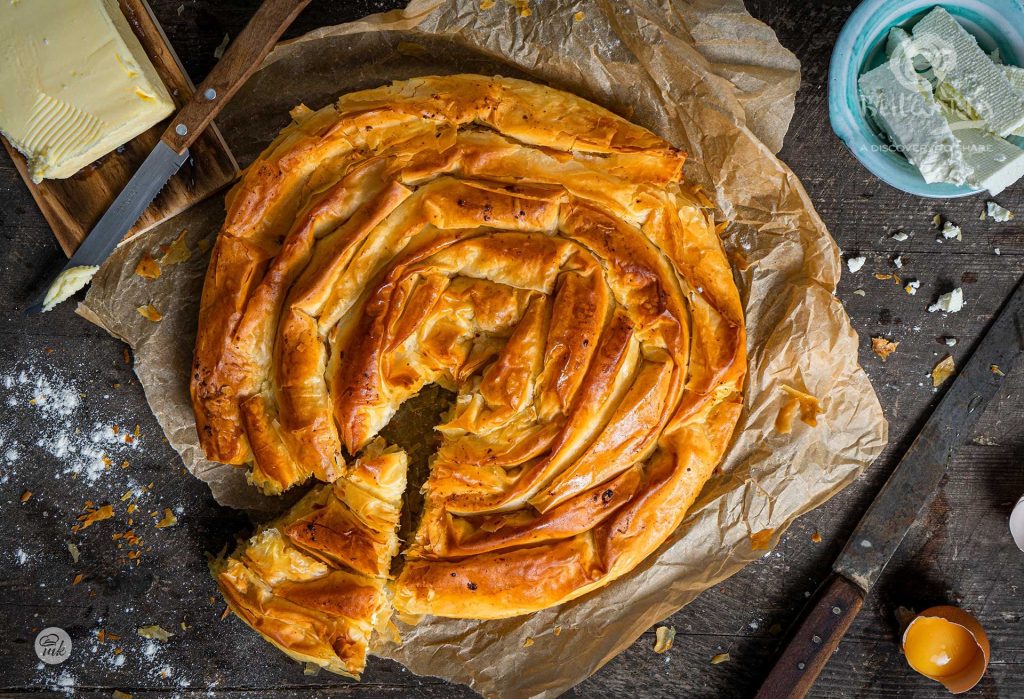
1. Banitsa: Bulgaria’s Answer to a Croissant (But Better, Sorry France)
Banitsa is THE breakfast of choice for Bulgarians. Picture paper-thin layers of buttery filo dough, stuffed with salty white cheese (sirene), then baked until golden and crisp. This pastry is flaky on the outside, soft in the middle, and dangerously addictive.
Where to get the best Banitsa:
Hlebar Bakery – Their banitsa is fresh, hot, and slightly crispy at the edges—the perfect grab-and-go breakfast.
Pekarnata – A no-frills hole-in-the-wall bakery loved by locals for its old-school, homemade banitsa.
Grab one from a street vendor and pair it with ayran (a cold, salted yogurt drink) for the full Bulgarian experience.
Fun fact: There’s even a New Year’s Eve tradition where people bake small fortunes inside banitsa, like fortune cookies but way tastier.
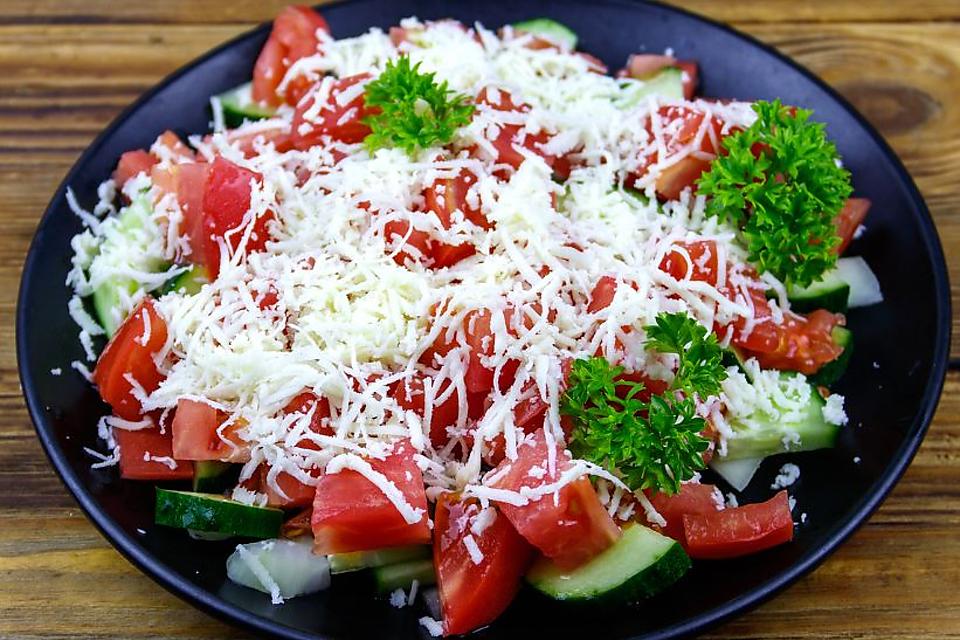
2. Shopska Salad: Bulgaria’s National Treasure (Sorry, France, Again)
Shopska salad is Bulgaria’s pride and joy—a super simple but incredibly refreshing mix of tomatoes, cucumbers, onions, and sirene cheese, drizzled with olive oil and vinegar. It’s like a Greek salad, but more Bulgarian (and honestly, better).
Where to eat Shopska Salad like a local:
Hadjidraganovite Izbi – A must-visit traditional Bulgarian tavern where the Shopska is as authentic as it gets.
Made in Home – A modern twist on Bulgarian flavors, using organic and locally sourced ingredients.
Pod Lipite – One of Sofia’s oldest restaurants, with farm-fresh produce and a killer Shopska salad.
Pro Tip: Pair your Shopska with a cold glass of rakia (Bulgaria’s fiery fruit brandy)—locals swear it enhances the flavor (or maybe just your ability to tolerate strong alcohol).

3. Kavarma: Bulgaria’s Comfort Food King
Kavarma is the ultimate slow-cooked comfort food—a rich, tender stew made with pork (or chicken), onions, peppers, tomatoes, and a mix of fragrant spices. It’s slow-cooked in a clay pot, soaking up all the flavors for a melt-in-your-mouth experience.
Where to find the best Kavarma in Sofia:
Made in Home – Their version is cozy, rich, and packed with bold flavors.
Manastirska Magernitsa – Traditional, hearty, and cooked just like a Bulgarian grandmother would make it.
Izbata Tavern – A hidden gem known for authentic Bulgarian stews and meaty delights.
Pro Tip: Order kavarma with a side of homemade bread to soak up every last drop of that glorious sauce.
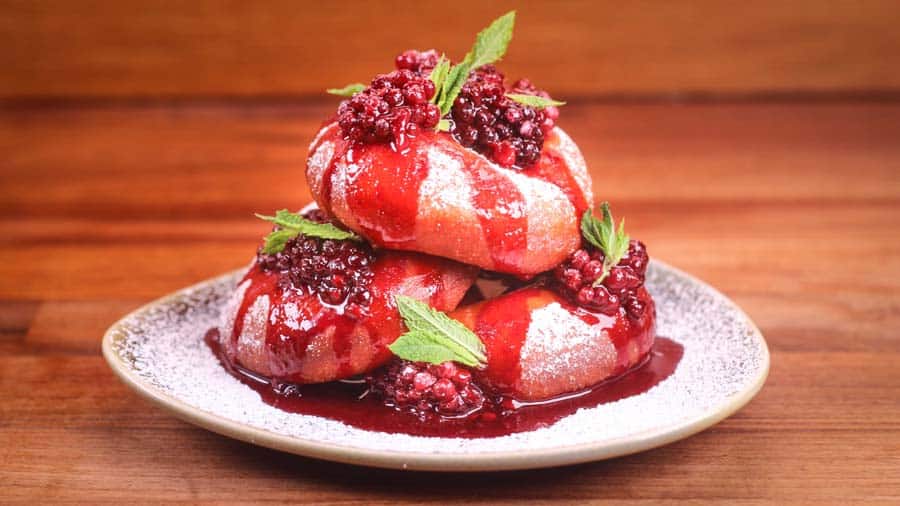
4. Mekitsi: Bulgaria’s Donut-Like Secret (That No One Talks About, But Should)
If pancakes and donuts had a baby, it would be mekitsi. These deep-fried dough pieces are crispy on the outside, soft and fluffy inside, and ridiculously delicious. Bulgarians eat them sweet (with powdered sugar, honey, or jam) or savory (with sirene cheese).
Where to get your mekitsi fix:
Mekitsa & Coffee – The ultimate mekitsa spot in Sofia, serving hot, fresh, and made-to-order mekitsi.
Supa Star – A cool, casual eatery where you can grab mekitsi with a side of traditional Bulgarian soup.
Your Bulgarian grandma’s kitchen (if you happen to have one).
Pro Tip: Pair mekitsi with a side of Bulgarian yogurt—it’s thicker, tangier, and way better than Greek yogurt.

5. Tarator: Bulgaria’s Chilled Yogurt Soup (Yes, Soup Can Be Cold AND Delicious)
Tarator is not your average soup—this is a cold, yogurt-based dish that’s refreshing, tangy, and perfect for hot summer days. It’s made with yogurt, cucumbers, garlic, dill, walnuts, and a touch of olive oil. Think tzatziki, but in soup form.
Where to slurp on the best Tarator:
Supa Star – A quirky soup café that serves amazing tarator, plus other local soups.
Manastirska Magernitsa – Their tarator is made fresh daily and tastes like summer in a bowl.
Any traditional Bulgarian restaurant—this dish is everywhere, and Bulgarians swear by it.
Pro Tip: If you’re skeptical, try a shot-sized portion first. It’s surprisingly addictive—and locals will love you for giving it a go.
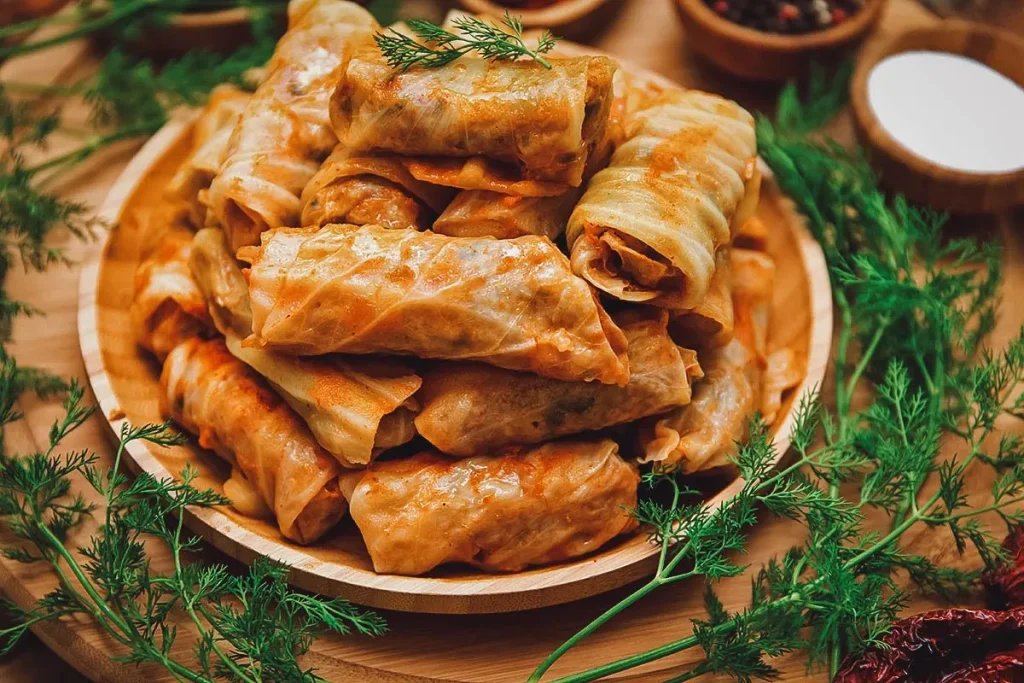
6. Sarmi: Bulgarian Stuffed Cabbage Rolls (A Hug in Food Form)
Sarmi are tiny but mighty cabbage (or vine) leaves stuffed with rice, minced meat, and spices, slowly cooked until they’re soft and full of flavor. They’re a staple winter dish in Bulgaria, but honestly, they’re great year-round.
Where to eat Sarmi in Sofia:
Pod Lipite – Home-cooked, traditional sarmi just like Bulgarian grandmothers make.
Izbata Tavern – Cozy, rustic, and known for its authentic Bulgarian dishes.
Any Christmas dinner table in Bulgaria—because sarmi are a holiday must.
Pro Tip: Sarmi go amazingly well with a side of Bulgarian yogurt. The tanginess balances out the richness perfectly.
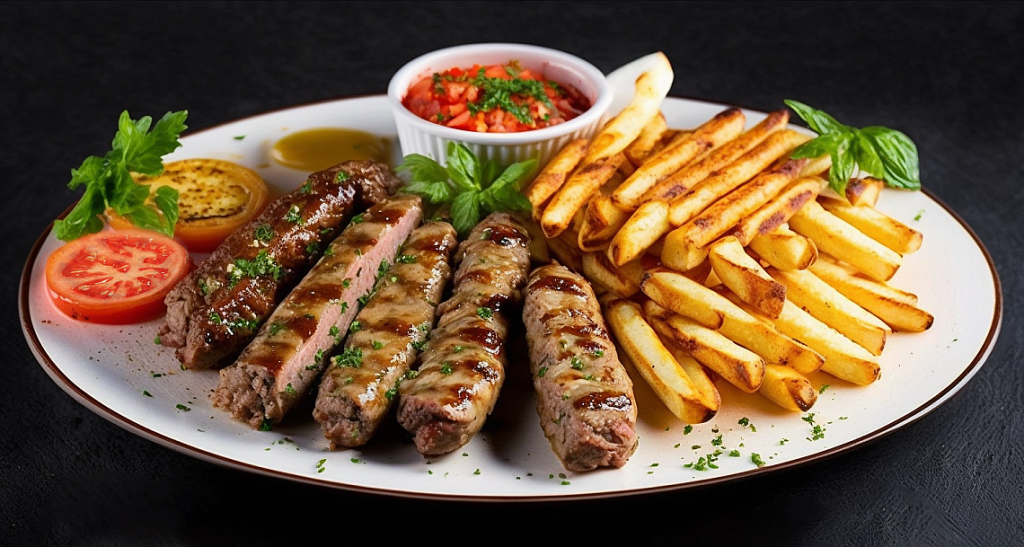
7. Kebapche & Kyufte: Bulgaria’s Answer to Kebab (But With More Flavor)
Meet Bulgaria’s favorite grilled meat dishes:
Kebapche – A long, grilled minced meat roll, seasoned with spices and served with mustard.
Kyufte – A juicy, spiced meatball that’s grilled to perfection.
These two street food legends are served with fries, fresh bread, or a cold beer.
Where to eat the best Kebapche & Kyufte:
SkaraBar – A local go-to for perfectly grilled Bulgarian BBQ.
Boom! Burgers & Booze – Not just about burgers, they serve killer kyufte too.
Any street food vendor—Sofia’s got some of the best budget-friendly kebapche around.
Pro Tip: Try kebapche with lutenitsa (a Bulgarian roasted pepper spread)—it’s a game-changer.

Sofia Travel Tips from Destination Experts
Getting Around
Sofia’s metro is clean, fast, and cheap—a rare win for public transport.
Taxis are affordable, but always check for a registered company to avoid scams.
The city is walkable, but watch out for uneven sidewalks (your ankles will thank you).
Budget Tips
Sofia is one of Europe’s cheapest capitals—you can eat well for under €10.
Free walking tours are a must—they cover history, culture, and a bit of humor.
Most museums are free on the last Sunday of the month.
When to Visit
Spring (April-June): Blooming parks, mild weather, and fewer tourists.
Summer (July-August): Hot, but great for rooftop bars and Vitosha hikes.
Fall (September-November): Crisp air, colorful foliage, and perfect city walks.
Winter (December-March): Great for Christmas markets and easy access to ski resorts.
Final Thoughts: Why Sofia is the Ultimate Hidden Gem
Sofia is quirky, underrated, and full of surprises—whether you’re here for history, nightlife, or just really good food. It’s a city that blends ancient ruins with modern charm, without the crazy tourist crowds.
So, if you’re looking for your next offbeat European adventure, Sofia should be at the top of your list. Just bring an appetite, a decent tolerance for rakia, and a sense of adventure—this city doesn’t disappoint.